SUMMARY
This is AI generated summarization, which may have errors. For context, always refer to the full article.

LEYTE, Philippines – Waray-waray is one of the major native languages in the Philippines, with roughly four million speakers to date. However, there is an ongoing debate regarding what the language should be called.
The word “Waray,” which means “wala” or nothing, is said to have originated as a derogatory term.
Many scholars argue that the language should be referred to as “Binisaya” since Waray is considered a negative remark against its native speakers in Eastern Visayas. Such an argument sparked an academic debate on whether to refer to the Leyte-Samar language as Waray-waray or Binisaya.
People born in Samar or Leyte would likely identify themselves as Waray rather than Bisaya or Binisaya. The latter was widely used until the release of the 1954 hit movie Waray-waray, which starred the late actress Nida Blanca. The film and its theme were such a hit that even the late American singer and actress Eartha Kitt recorded her version of the song.
Binisaya
In a Facebook post, Dr. Stephen Lagarde, an associate professor at the University of the Philippines-Tacloban, argued that the term Binisaya is the right word for the language used in Eastern Visayas and not Waray-Waray.
“Historical records show that Binisaya is the correct term. Foremost among these is the Binisaya-English Dictionary made by Eduardo Makabenta. Another example is the ‘Baraan nga Bibliya’ published by the Philippine Bible Society which indicates that Binisaya is the dominant language of Eastern Visayas,” Lagarde explained.
On the Facebook page Eastern Samar History and Culture, Monsignor Lope Robredillo, one of Pope Francis’ papal chaplains, pointed out that “Binisaya or Samareño is the name of our mother tongue, not Waray-waray.”
Robredillo, who hails from Eastern Visayas, is the vicar general of the Catholic Diocese of Borongan.
Right to a good name
The Catholic priest pointed out that during the pre-Hispanic and Hispanic era, there was no mention of Waray being the language inherent to Samar and Leyte. Rather, he said, the language was referred to as Binisaya or Bisaya in many early literatures such as Claude Fleury’s book, Lactud nga Casayuran san Historia Sagrado nga Pagturon-an san Cabataan.
“Among the reasons why we should insist that the use of ‘Binisaya’ or ‘Samarenyo’ as the name of our language be continued – and not substituted with ‘Waray’ or ‘Waray-waray’ – has to do with our human right to a good name,” Robredillo wrote.
Identity marker
But not all scholars share Lagarde’s and Robredillo’s views. One of them is Michael Carlo Villas, a faculty member at the state-run Visayas State University (VSU) who teaches Literary and Intellectual History.
Villas told Rappler that Waray-Waray, despite being first used as a derogatory term, is now a “marker of identity” of people in Eastern Visayas.
“Waray-waray began as a derogatory word, yet people embraced it. Since then, many people would refer to us as Waray-Waray, and it was accepted by the people,” Villas said.
He added, “We should not quarrel on the name of the language. Better find ways to cultivate the language, to use the language for creative purposes, and produce more books about the language.”
Used for grouping
Dr. Voltaire Oyzon, who teaches Waray language, literature, and social science courses at Leyte Normal University, explained that during the Spanish colonial period in the Philippines, the colonizers studied native languages and grouped settlement communities based on similarities in grammar, affixation, and morpho-syntax.
As a result, people living in the Visayas region were categorized under the umbrella term Bisaya for their languages, including the Binisaya label for Waray.
Despite the derogatory origin of the Waray-waray label, it’s important to acknowledge it as an inherent part of Samar and Leyte’s identity, he said.
“I think it is necessary to use the language Waray for identity, for analytical purposes. Because when you say Bisaya, there are so many Visayan languages,” Oyzon said.
Oyzon said arguments are just but “trivial inflections,” and that more priority should be given to promoting and developing the language of Eastern Visayas.
“The best way to deal with this is to do something concrete, that would promote, develop, and contribute something to Eastern Visayas rather than just changing the name,” he said.
He added that there are other names of native languages in the country that are seen to have negative connotations, and yet people accepted them as signifiers of identity.
Diverse and unique
Jerry Gracio, former commissioner of the Samar-Leyte Languages at the Komisyon sa Wikang Filipino (KWF), said writers often referred to the language as Binisaya, assuming it was the term for the language spoken in the Visayas region, in the early days when the first dictionaries of the Samar and Leyte languages were written.
He said the Binisaya is quite broad and encompasses a wide variety of other languages spoken across the Visayas.
“If you refer to the Waray language as Binisaya, what Binisaya are you talking about, because Cebuano is also Binisaya? This is part of one family of languages,” Gracio argued.
“We discard this derogatory history and embrace it. We embrace even the stereotype that Waray people are ready to face challenges, won’t back down, brave, and unyielding in the fight. This is the essence of courage,” Gracio added in Tagalog.
Regardless of whether the name of the language should be changed or not, one aspect remains constant: Waray-waray is a diverse and unique Filipino language. – Rappler.com
Jerry Yubal Jr. is a campus journalist from the Visayas State University (VSU) in Baybay City Main Campus. The executive editor of Amaranth, he is also an Aries Rufo Journalism fellow of Rappler for 2023-2024.
Add a comment
How does this make you feel?



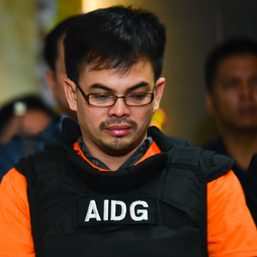

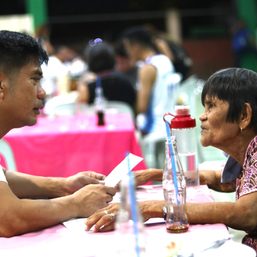
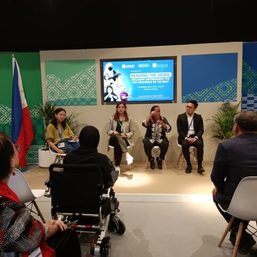
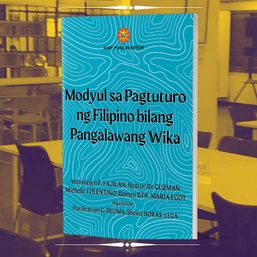

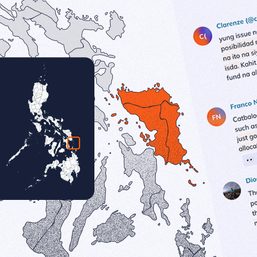
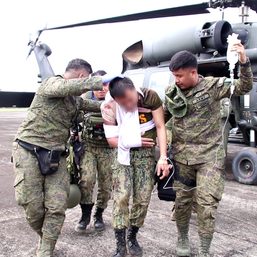

There are no comments yet. Add your comment to start the conversation.